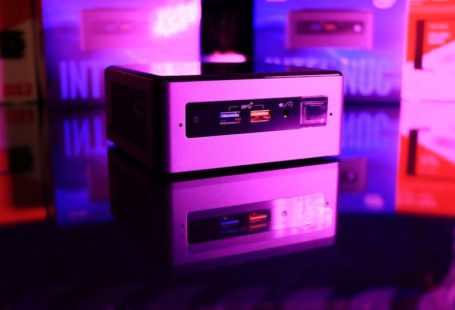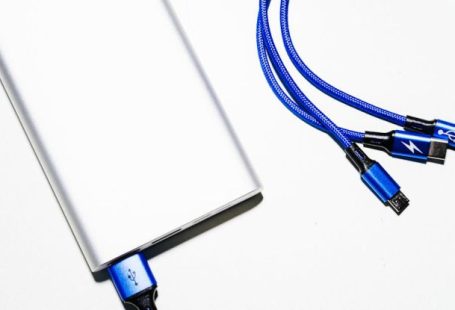Micro PCs have become increasingly popular in recent years due to their compact size and powerful capabilities. These tiny computers pack a punch, offering impressive performance in a small form factor. Understanding the architecture of micro PCs is essential for anyone looking to delve into the world of mini computing. From the components that make up these devices to their unique design considerations, exploring the inner workings of micro PCs can provide valuable insights into their functionality and potential applications.
Components of a Micro PC
At the heart of every micro PC lies a set of essential components that work together to provide computing power in a compact package. The central processing unit (CPU) serves as the brain of the computer, executing instructions and performing calculations. Micro PCs often feature energy-efficient processors that strike a balance between performance and power consumption, making them ideal for portable and low-power applications.
In addition to the CPU, micro PCs typically include random-access memory (RAM) to store temporary data and facilitate fast access to frequently used information. While the amount of RAM in a micro PC may be limited compared to traditional desktop computers, advancements in memory technology have enabled efficient multitasking and smooth performance on these miniature devices.
Storage is another critical component of a micro PC, providing space to store the operating system, applications, and user data. Solid-state drives (SSDs) are commonly used in micro PCs due to their speed and reliability, offering faster boot times and improved overall responsiveness compared to traditional hard disk drives.
Graphics processing units (GPUs) are responsible for rendering graphics and accelerating tasks related to image and video processing. While some micro PCs rely on integrated graphics solutions, others may feature discrete GPUs for enhanced graphical performance in applications such as gaming and multimedia editing.
Design Considerations for Micro PCs
The design of micro PCs is characterized by their small size and efficient use of space. Miniaturization plays a crucial role in the architecture of these devices, requiring careful planning and optimization to fit essential components into a compact form factor. Heat dissipation is a significant consideration in micro PC design, as the limited space for cooling mechanisms can lead to thermal challenges.
To address thermal issues, micro PCs often employ passive cooling techniques such as heat sinks and heat pipes to dissipate heat generated by the CPU and other components. Some models may also incorporate small fans or liquid cooling solutions to enhance thermal performance and maintain stable operating temperatures.
Connectivity options are another key aspect of micro PC architecture, allowing users to interface with external devices and networks. Despite their small size, micro PCs often feature a range of ports for connecting peripherals such as monitors, keyboards, and storage devices. Wireless connectivity options such as Wi-Fi and Bluetooth enable seamless communication with other devices and networks, enhancing the versatility of micro PCs in various environments.
Applications and Use Cases
Micro PCs find application in a wide range of scenarios, from embedded systems to home entertainment setups. Their compact size and energy-efficient design make them well-suited for tasks that require computing power in a small footprint. In industrial settings, micro PCs are used for automation, control systems, and data logging, providing reliable performance in harsh environments.
In the realm of home computing, micro PCs serve as media centers, gaming consoles, and compact workstations, offering a balance of performance and convenience. Their portability and low power consumption make them ideal for users seeking a versatile computing solution that can adapt to different usage scenarios.
Exploring the architecture of micro PCs reveals a world of innovation and engineering prowess packed into a tiny package. By understanding the components, design considerations, and applications of these miniature computers, enthusiasts and professionals alike can appreciate the intricacies of micro PC technology and its potential for shaping the future of computing.





